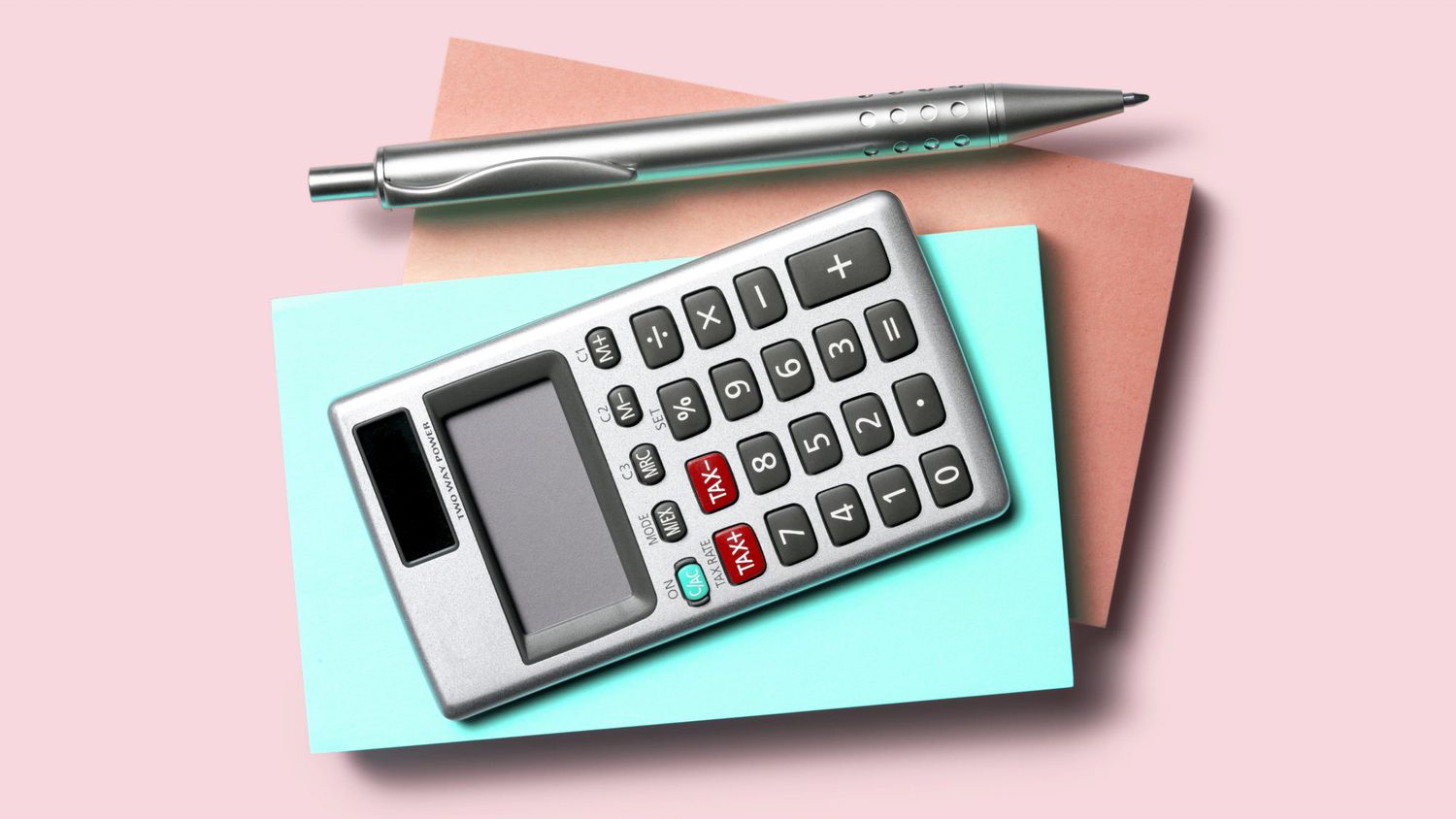A good budget can help you balance your finances in more than just one way. You must carefully plan your savings, and expenses to plan your budget. Spending your money responsibly and improving your debt repayment strategy will help you expand your savings budget.
The zero-based budget
This budgeting method is best for people who have a set income each month or can reasonably estimate their monthly income. After calculating your monthly income, subtract all your monthly expenses and savings, making sure the final result is zero.
The pay-yourself-first budget
The pay-yourself-first budget is another simple budgeting method focusing primarily on savings and debt repayment. With this method, you set aside a specific amount from each paycheck for savings and debt payments, spending the rest as you see fit.
The pay-yourself-first budgeting technique is best for someone struggling with saving each month who doesn’t want to list every monthly expense.
The envelope system budget
The envelope method of budgeting might not be ideal for someone who feels uncomfortable carrying around that much cash or prefers using credit or debit cards. This budgeting method is similar to the zero-based budget but with one big difference: You do it all with cash. With the envelope budgeting system, you plan how to spend your money each month and fill an envelope with the allocated cash for each category.
The 50/30/20 budget
The 50/30/20 budgeting method requires less work than the zero-based and envelope budgets. The idea is to break down your expenses into three categories:
Necessary expenses (50%)
Discretionary expenses (30%)
Savings and debt payments (20%)
The main drawback is that the 50/30/20 rule might be unrealistic for people with significant debt or high savings goals because 20% of your income might not stretch far enough.
What works best for you?



